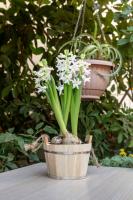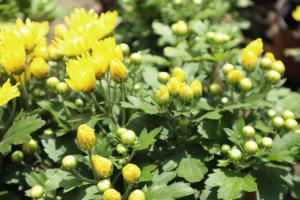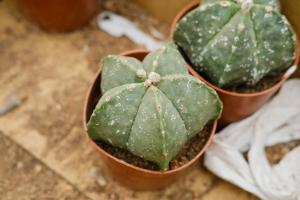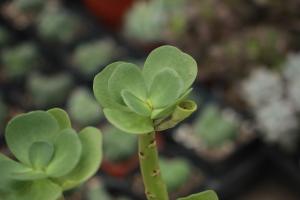What Part of the Plant Cell Stores Water and Nutrients
Plants, like all living things, need water and nutrients to survive. While animals can move to find food and water, plants are rooted in one spot and must be able to store these vital resources within their cells. So, what part of the plant cell stores water and nutrients? The answer is the vacuole.
The Vacuole
The vacuole is a membrane-bound organelle found in plant cells. It is filled with a solution of water, ions, and organic compounds. The primary function of the vacuole is to maintain turgor pressure in the cell and regulate the movement of solutes in and out of the cell. However, the vacuole also plays an essential role in storing water and nutrients which the plant can tap into as needed.
Water Storage
One of the primary functions of the vacuole is to store water. As a plant absorbs water through its roots, the vacuole expands to accommodate the increased volume. This process creates turgor pressure within the cell, which helps to maintain the plant's shape and structure. Additionally, the water stored in the vacuole can be used to help regulate the plant's internal temperature, especially during hot or dry conditions.
Nutrient Storage
In addition to water, the vacuole can also store a variety of nutrients, including sugars, amino acids, and ions like potassium and calcium. When a plant needs these nutrients, the vacuole can release them into the cytoplasm of the cell, where they can be used for growth and other essential processes. This mechanism allows the plant to maintain a steady supply of nutrients, even if the external environment is not providing them.
Conclusion
The vacuole is an essential organelle that stores water and nutrients in the plant cell. By doing so, it helps the plant to survive and grow even in adverse conditions. It's incredible to think about all the tiny mechanisms that work together within a plant cell to keep it functioning properly. And, as we learn more about these fascinating processes, we gain a better appreciation for the complexity of life on earth.

 how many times do yo...
how many times do yo... how many planted tre...
how many planted tre... how many pine trees ...
how many pine trees ... how many pecan trees...
how many pecan trees... how many plants comp...
how many plants comp... how many plants can ...
how many plants can ... how many plants and ...
how many plants and ... how many pepper plan...
how many pepper plan...
































